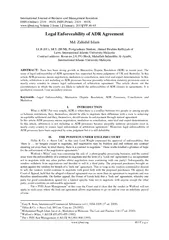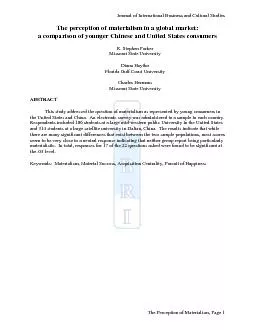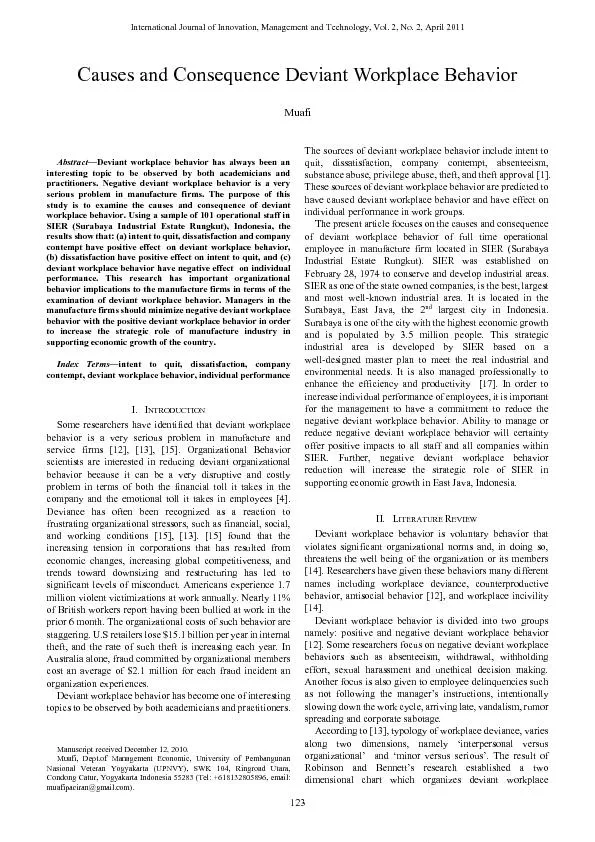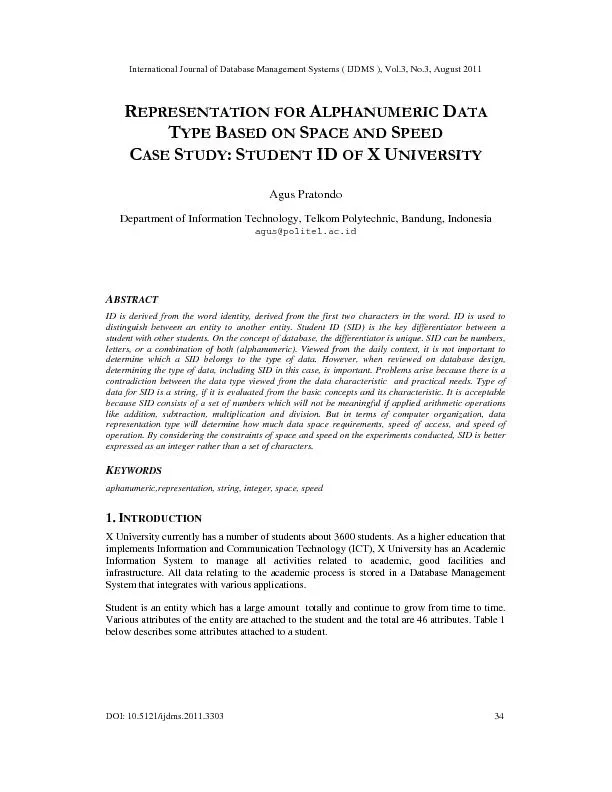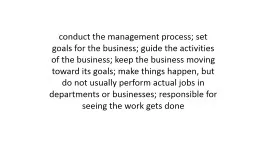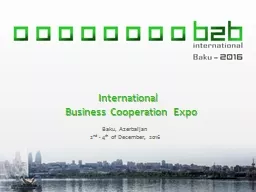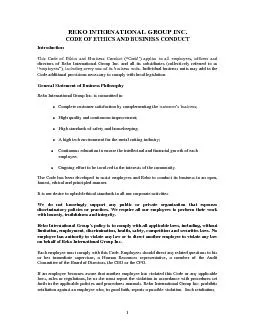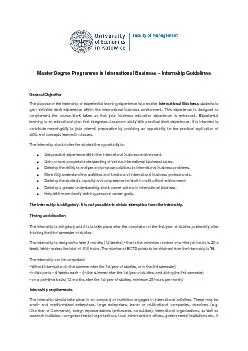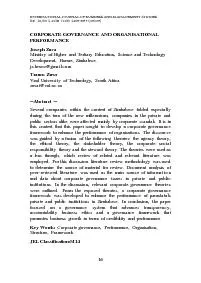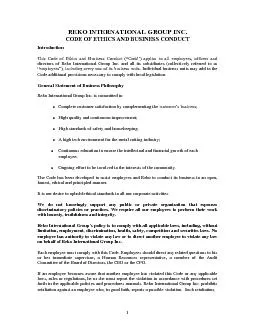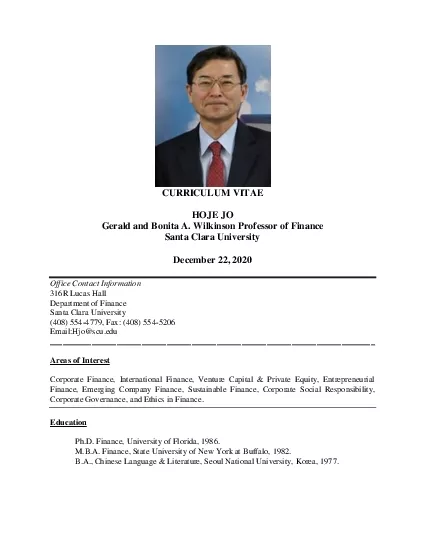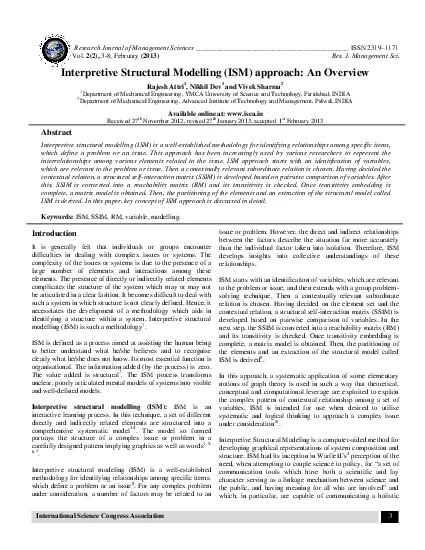PDF-International Journal of Business and Management Inven
Author : myesha-ticknor | Published Date : 2015-06-09
ijbmiorg Volume 2 Issue 1 January 2013 PP wwwijbmiorg 40 P a g e Legal Enforceability of ADR Agreement Md Zahidul Islam LLB EU MCL IIUM Postgraduate Student Ahmad
Presentation Embed Code
Download Presentation
Download Presentation The PPT/PDF document "International Journal of Business and Ma..." is the property of its rightful owner. Permission is granted to download and print the materials on this website for personal, non-commercial use only, and to display it on your personal computer provided you do not modify the materials and that you retain all copyright notices contained in the materials. By downloading content from our website, you accept the terms of this agreement.
International Journal of Business and Management Inven: Transcript
Download Rules Of Document
"International Journal of Business and Management Inven"The content belongs to its owner. You may download and print it for personal use, without modification, and keep all copyright notices. By downloading, you agree to these terms.
Related Documents

